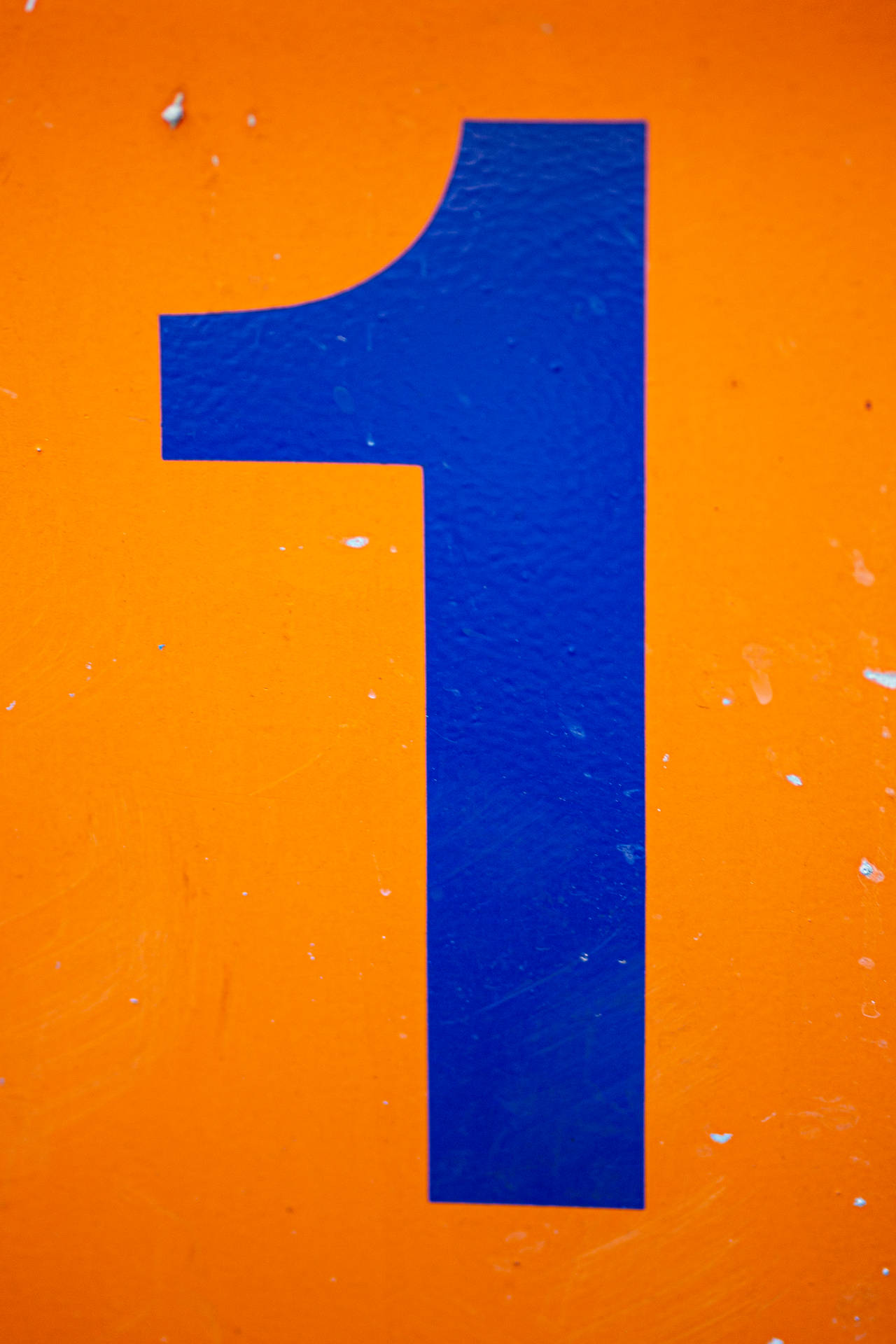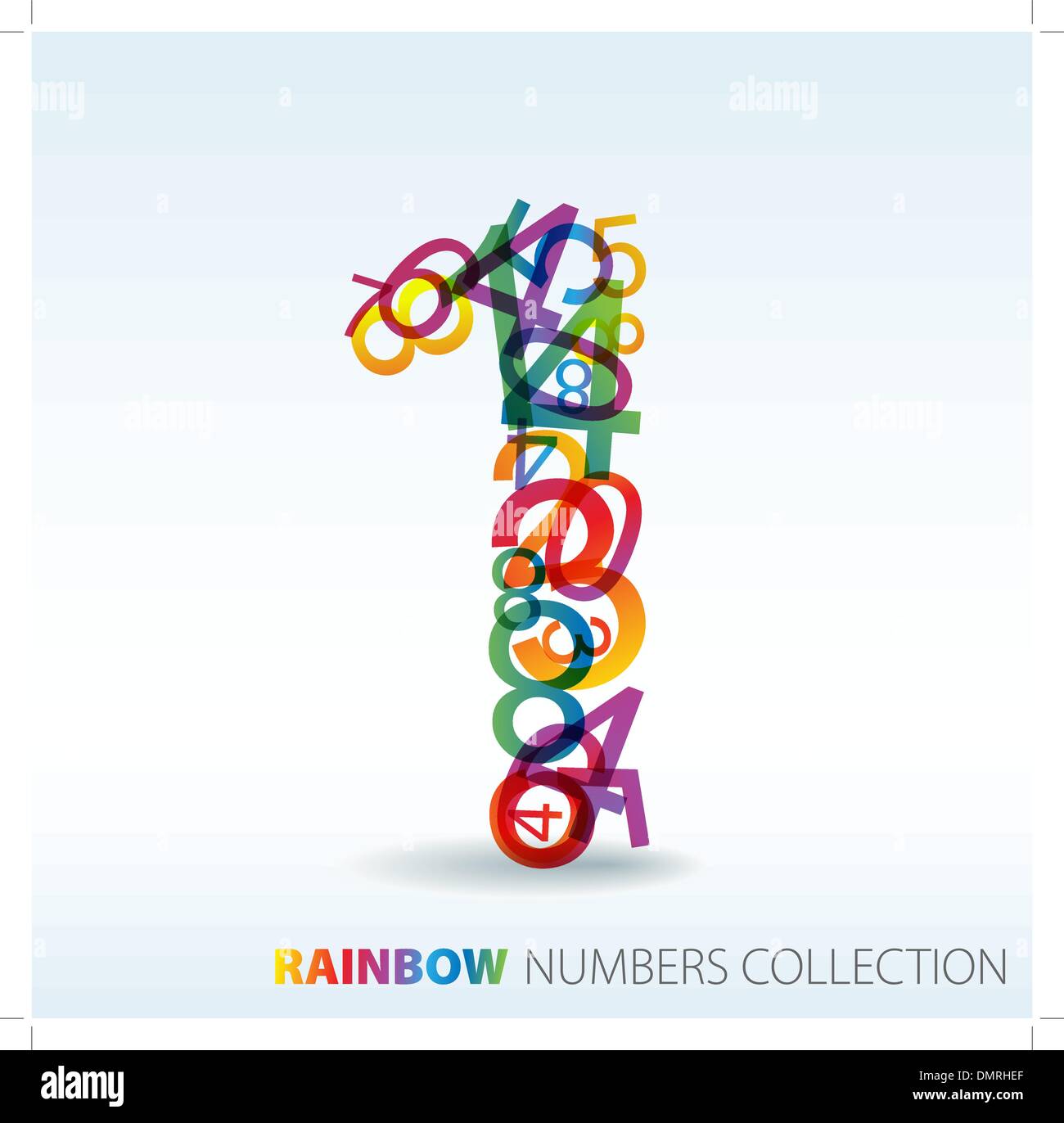Understanding 1.0.11.0.1 - Your Digital Connection
Numbers, in a way, are the secret language of our digital world, and some of them, like 1.0.11.0.1, hold a surprising amount of significance for how we connect and interact with technology every single day. It's truly fascinating how a simple string of digits can be so central to so many different aspects of our online existence, from keeping your home internet humming along to fixing the glitches in your favorite games.
You know, often we just punch in a web address or click a link without really thinking about the underlying mechanics. But behind that smooth experience, there are these special numerical addresses that make everything work. This particular sequence of numbers, in some respects, helps manage the very core of your home network, allowing your devices to talk to the internet and to each other.
And yet, this number, or others that look quite similar, can also point to much bigger things, like specific updates for virtual reality systems or even details about vast public networks. It’s a bit like a key that can open several different doors, each leading to a distinct area of the digital landscape. We're going to take a closer look at what makes this number, and its close relatives, so interesting and, you know, important.
Table of Contents
- What Does 1.0.11.0.1 Mean for Your Home Network?
- Getting to Know 1.0.11.0.1's Network Neighbors
- Is 0.11.0.1 a Quick Fix for Your Digital Troubles?
- Unpacking the 0.11.0.1 Hotfix Details
- How Does 11.0.0.1 Fit into the Bigger Picture?
- The Wider World of 11.0.0.0/16 and 1.0.11.0.1's Relatives
- What Other Fascinating Insights Does 1.0.11.0.1 Connect To?
- Beyond the Usual - Unexpected Connections from 1.0.11.0.1
What Does 1.0.11.0.1 Mean for Your Home Network?
When you think about the address 10.11.0.1, you're looking at something quite important for your home internet setup. This particular numerical sequence, you know, is set aside by a group called the Internet Assigned Numbers Authority, or IANA for short. It's part of what's known as a private network, specifically a segment that begins with 10.11.0.0 and ends with 10.11.0.255. This arrangement means it’s meant for local use, like within your house or office, and isn't directly visible to the whole internet.
So, what do you do with it? Well, actually, this address is typically your gateway to managing your internet router. If you open up your web browser and, like, type 10.11.0.1 into the address bar, it should bring up a special screen. This screen is your router's management panel, a sort of control center where you can make all sorts of changes to how your home network operates. It’s pretty neat, really, how a few numbers can give you so much control over your connection.
Once you're inside that management panel, you'll find a whole bunch of things you can adjust and make your own. You can, for instance, fiddle with something called IP QoS, which helps prioritize certain types of internet traffic, so your video calls don't get choppy while someone else is downloading a big file. There are also places to change your DNS settings, which basically tell your computer how to find websites, or set up a proxy, which can sometimes help with privacy or accessing content. You can even, you know, mess with the basic setup of your local area network, or LAN, and your wide area network, or WAN, which connects you to the outside world.
- Mika Lafuente Onlyfans
- Brandy Billy Leaked Onlyfans
- Jake Andrich Onlyfans
- Shadman Comics
- Camila Araujo Sex Tape
Beyond those, you've got options for network management generally, which is, like, pretty broad, and security options to keep your network safe from unwanted visitors. There are also specific adjustments for your wireless settings, often called WLAN settings, so you can change your Wi-Fi name or password. For those with certain types of internet connections, there are PPPoE settings, and you can even configure MAC addresses, which are unique identifiers for your devices. Plus, there are settings for WPS, which is a quick way to connect devices, DSL if you have that kind of internet, and DHCP settings, which automatically hand out addresses to new devices on your network. It's quite a lot to think about, but it’s all there if you need it.
Getting to Know 1.0.11.0.1's Network Neighbors
Thinking about 1.0.11.0.1 as part of a larger family of addresses, the 10.11.0.0/24 private network, really helps paint a clearer picture. This simply means that all the addresses from 10.11.0.0 up to 10.11.0.255 are reserved for private use. It’s a bit like having a neighborhood where all the houses have addresses that only make sense within that neighborhood, not for the entire city. This design, you know, helps keep things organized and prevents conflicts with public internet addresses.
These private networks are a pretty common thing in homes and small businesses. They allow many devices to share a single public internet connection, which is, like, super practical. Your phone, your laptop, your smart TV – they all get an address from this private range when they connect to your router. The router then acts as a translator, letting all these devices talk to the wider internet through its one public address. It’s actually quite clever how it all works together, enabling seamless communication for everyone on your local setup.
Is 0.11.0.1 a Quick Fix for Your Digital Troubles?
Now, shifting gears a little, let's talk about 0.11.0.1. This number, you know, doesn't relate to your home router in the same way. Instead, it points to a specific kind of software update, often called a hotfix. This particular hotfix was put out on November 1, 2024. A hotfix is usually a small, quick update meant to fix immediate problems or issues that have popped up in a software program or a game. It's like a quick patch to smooth things over when something isn't working as it should.
This 0.11.0.1 hotfix, for instance, was made to sort out several glitches for particular gaming platforms, including the PlayStation VR2. Imagine playing a game and running into annoying little snags; hotfixes like this are meant to make those go away, so your experience is, you know, much better. It's a way for developers to quickly respond to feedback and make sure their creations are running smoothly for everyone who's playing.
One of the things this update took care of was an issue where "totem points" would, apparently, multiply for each player in a game. That could definitely throw off the balance of things, making the game feel a bit unfair or just plain odd. Another problem it fixed was related to too many totems showing up in multiplayer games, which, you know, might have made the game too easy or too chaotic depending on what those totems did. These kinds of fixes are super important for keeping games fair and fun for everyone involved.
Moreover, the 0.11.0.1 hotfix also addressed several situations where players found themselves stuck in different spots within the game. Nobody likes to be in a game and suddenly be unable to move forward, right? That’s incredibly frustrating. So, fixing those "stuck" points means players can keep enjoying their game without getting trapped in unexpected corners. It’s all about making the overall playing experience more enjoyable and, you know, less prone to little annoyances.
Unpacking the 0.11.0.1 Hotfix Details
When we talk about a hotfix like 0.11.0.1, it's really about making a quick, targeted improvement. These sorts of updates are different from bigger software versions that might add lots of new features. A hotfix is, basically, a surgical strike against specific bugs that are causing trouble for users. It’s a testament to how software development works in cycles, with constant adjustments and refinements happening even after a product is released.
The fact that this hotfix specifically helped PlayStation VR2 users is pretty cool. Virtual reality can be a very immersive experience, and even small bugs can really pull you out of that feeling. So, making sure that things like totem points and player movement are working correctly is, you know, absolutely key to keeping that immersive feeling intact. It shows a commitment to making sure the player's time in the virtual world is as smooth and enjoyable as it can be, which is, like, what everyone wants.
How Does 11.0.0.1 Fit into the Bigger Picture?
Let's look at another number that sounds a bit like our main focus, but is actually quite different: 11.0.0.1. Unlike the private network address we discussed earlier, 11.0.0.1 is a public IP address. This means it's visible on the wider internet, not just within a private setup. We have quite a bit of information about this one, too. For instance, its physical location is noted as Columbus, Ohio, in the United States. Knowing the geographical spot of an IP address can be pretty useful for various purposes, from network monitoring to understanding where certain online activities originate. It’s, you know, a piece of the puzzle.
This particular address, 11.0.0.1, is also associated with a hostname and API details, which are technical bits of information that help systems identify and communicate with it. What's really interesting about this one is its stated purpose: military. This tells us that this IP address is used by organizations connected to defense or military operations. It also falls under the category of a "company/T1" type, which refers to the kind of organization or connection it belongs to. This just goes to show how diverse the uses of these numerical addresses can be, from your home router to, you know, something much larger scale.
Furthermore, 11.0.0.1 is part of what's known as a Class A IP address. Without getting too technical, Class A addresses are a very old way of categorizing IP ranges, and they represent some of the largest blocks of internet addresses. This means that the organization that holds this Class A block has access to a huge number of potential addresses. Knowing this helps us, you know, understand the scale of the network it belongs to. You can also do a "Whois" lookup for 11.0.0.1, which is a public record that provides details about who owns or manages an IP address, sort of like looking up a phone number in a directory.
Interestingly, the text mentions that entering this address in a browser "usually opens the router." This might seem a bit confusing given it's a public IP. It's possible this refers to a very specific, perhaps older, context where certain public IPs were used for device access, or it could be a slight misinterpretation in the source material. Typically, public IPs are for external communication, while private IPs like 10.11.0.1 are for local device management. It’s, you know, worth noting the distinction there.
The Wider World of 11.0.0.0/16 and 1.0.11.0.1's Relatives
The address 11.0.0.1 is not alone; it's part of a much larger group, the 11.0.0.0/16 range. This means it covers all IP addresses from 11.0.0.0 up to 11.0.255.255. That's a huge number of addresses, truly. When you look at information about this entire range, you can find statistics about which countries use these addresses and which Autonomous System Numbers, or ASNs, they belong to. ASNs are unique identifiers for networks on the internet, and they help direct traffic. So, understanding this broader range gives you a sense of, you know, the global footprint of these specific network segments.
While 1.0.11.0.1 and 11.0.0.1 are distinct, they both represent ways that numbers organize and direct traffic in the digital world. One is a local guide for your home devices, while the other is a public signpost on the global internet. The fact that they both appear in our discussion highlights how diverse the functions of these numerical sequences can be. It's, you know, pretty cool how they all fit into the grand scheme of things, even if they serve different purposes.
What Other Fascinating Insights Does 1.0.11.0.1 Connect To?
It's quite interesting how the number sequence 1.0.11.0.1, or parts of it, seems to pop up in various contexts, even those that might seem unrelated at first glance. For example, some discussions involve mathematical concepts, like a sequence that "diverges" because it keeps jumping between just two values, 0 and 1, never settling close to one specific point. This kind of idea shows how numbers can behave in predictable or, you know, unpredictable ways depending on the rules you apply to them.
Then there are more abstract computer science problems, like finding a "basis for the column space" or a "basis for the nullspace" of a matrix, which is a table of numbers used in linear algebra. These are ways of understanding the fundamental structure of data and how different parts of it relate to each other. It’s, you know, a very specific kind of problem-solving that numbers like these can be involved in.
Other areas include regular expressions, which are patterns used to search for and manipulate text. One example given is a pattern that looks for binary strings – sequences made of only 0s and 1s – that have two consecutive 0s and two consecutive 1s. This shows how numbers and their arrangements are, basically, the building blocks for creating rules that computers follow. It’s all about recognizing specific patterns, which is, like, super important in computing.
We also see references to boolean functions, which are fundamental in digital logic. The task here is to find "prime implicants" and "essential" ones for a given function, which means simplifying complex logical statements. This is, you know, a way of making computer circuits more efficient. It’s a very practical application of how numbers, specifically 0s and 1s, can be used to represent true or false statements and then be manipulated.
Beyond the Usual - Unexpected Connections from 1.0.11.0.1
The reach of these number sequences, or at least the concepts they touch upon, extends even into game development. There's a mention of a "throw plusthrow" function in a game, which lets a player toss a character, item, or weapon without needing a clear line of sight. This function, you know, works just like the standard game version but removes that line-of-sight restriction. It’s a small tweak, but it can change how a game plays significantly, showing how precise numerical adjustments can create new gameplay mechanics.
There are also mentions of "diagrammatic representation of typical courtships" by different kinds of males, with sequences reading from left to right over time units. While not directly about 1.0.11.0.1, it shows how sequences and numerical representations are used in very different fields, like biology, to understand patterns and behaviors. It’s a bit of a curveball, but it highlights the universality of structured data.
And then there's the industrial automation software, TwinCAT, with discussions about its versions and corresponding libraries. Or the idea of cloning a script and updating a table if it’s not complete. These points, you know, show how numbers are part of version control, data management, and the ongoing maintenance of complex systems. It's all about organization and making sure things are kept current.
Finally, there's a reference to trying to understand the differences between two "RFCs," which are documents that define how the internet works. This speaks to the very foundational level of internet protocols, where specific numbers and their arrangements are, basically, the rules of the road. It’s a deep dive into how our online world is built, piece by numerical piece. So, you know, these numbers truly are everywhere.

The Number 1 - Red Plastic Stock Photo - Alamy

Download Blue Number One Wallpaper | Wallpapers.com

Number one made from colorful numbers Stock Vector Image & Art - Alamy